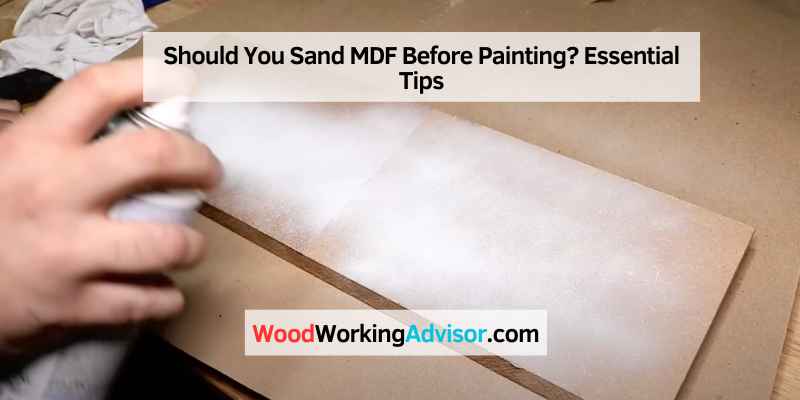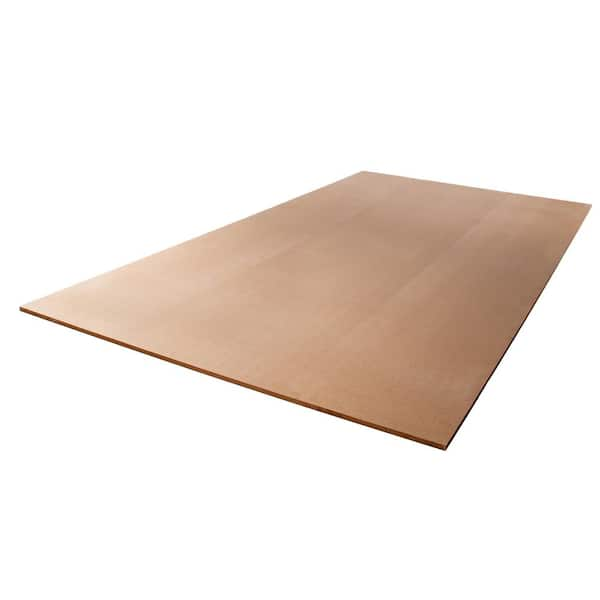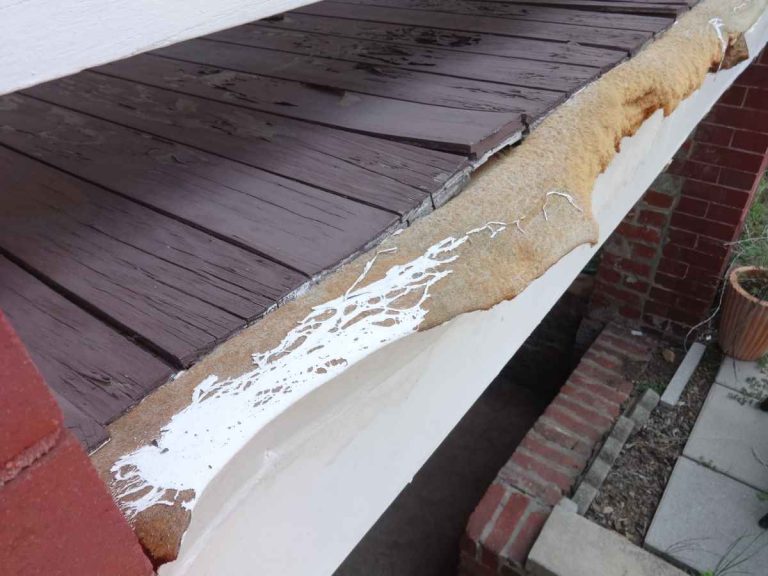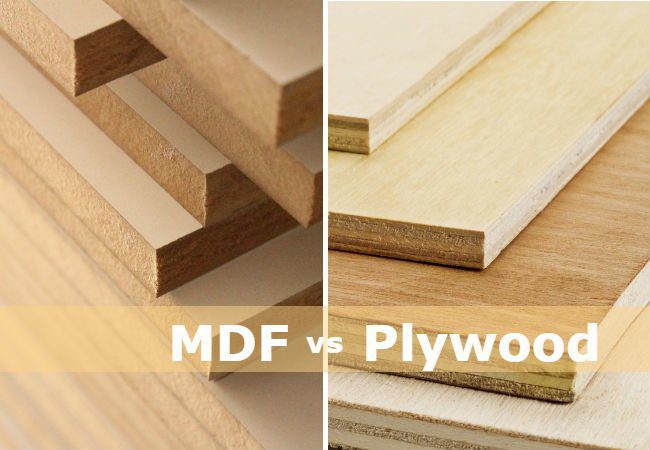Should You Sand MDF Before Painting? Essential Tips
Yes, you should sand MDF before painting. Sanding ensures a smooth surface for better paint adhesion.
MDF, or Medium Density Fiberboard, is a popular choice for furniture and DIY projects due to its affordability and versatility. Sanding MDF is a crucial step to achieve a professional, smooth finish when painting. It helps to remove any imperfections and creates a slightly rough surface that allows the paint to adhere better.
Skipping this step can result in a blotchy or uneven paint job. Use fine-grit sandpaper for the best results, and always sand in a well-ventilated area to avoid inhaling dust particles. Proper sanding ensures your painted MDF projects look polished and last longer.
Importance Of Surface Preparation
Sanding MDF ensures a smooth surface, allowing paint to adhere better and resulting in a professional finish. Proper surface preparation prevents peeling and enhances durability.
Adhesion Basics
Sanding MDF before painting makes a big difference. The paint will stick better to a smooth surface. Rough surfaces can make paint peel off. Sanding helps create a better bond. This means the paint will last longer.
Longevity Of Paintwork
Properly sanded MDF ensures your paint job looks good for years. The paint will not chip or crack easily. A smooth surface makes the finish look professional. Sanding might take extra time, but it’s worth it. Well-prepared MDF can save you from future repairs.

Pros And Cons Of Sanding Mdf
Sanding MDF before painting ensures a smooth, even surface, enhancing paint adhesion and finish. Potential drawbacks include creating dust and potentially damaging the board if not done carefully.
Smoother Finish
Sanding MDF can give a smoother finish. Paint will stick better on a smooth surface. This can make your project look more professional. Sanding can remove any rough edges. This helps to create a clean look. Many people find that sanding makes a big difference.
Potential Health Risks
Sanding MDF can be dangerous for your health. MDF contains small particles. These can get into your lungs. Always wear a mask when sanding MDF. This will protect you from breathing in dust. Work in a well-ventilated area. This helps reduce the risk of inhaling harmful particles. Safety should always come first.
Types Of Sandpaper For Mdf
Choosing the right grit is important for sanding MDF. Coarse grit like 60-80 is for rough surfaces. Medium grit such as 100-120 is for smoothing. Fine grit like 180-220 is for a smooth finish. Always start with coarse grit and move to finer grit. This ensures the best surface for painting.
Manual sanding is good for small areas. Power tools are better for large surfaces. Manual tools need more time and effort. Power sanders work faster and give a consistent finish. Orbital sanders are great for MDF. They are easy to use and effective. Always use dust masks when sanding MDF.
Step-by-step Guide To Sanding Mdf
Always wear protective gear when sanding MDF. Use a dust mask to protect your lungs. Safety glasses keep dust out of your eyes. Gloves protect your hands from splinters.
Start with a medium-grit sandpaper. Sand the MDF surface gently. Move in circular motions for even coverage. After medium grit, switch to fine-grit sandpaper. This makes the surface smooth.
Wipe off dust with a damp cloth. Let the MDF dry completely. Now, the surface is ready for primer and paint. Sanding ensures paint sticks well.
Alternatives To Sanding
Sanding MDF isn’t always necessary before painting. Consider using high-quality primers and sealers to achieve a smooth finish. Proper surface preparation ensures paint adhesion without the need for extensive sanding.
Sealers And Primers
Sealers and primers can save time. They prepare MDF for paint. These products fill small holes and cracks. Sealers block stains and odors. Primers help paint stick better. They also make colors look brighter. Use a brush or roller to apply. Let them dry completely before painting.
Liquid Sandpaper
Liquid sandpaper is another option. It is easy to use. This product removes the glossy finish. It helps paint stick to MDF. Apply with a cloth. Rub it on the surface. Wait a few minutes. Then wipe it off. The surface is now ready for painting.
Applying Paint To Mdf
Using acrylic paint on MDF works well. Oil-based paints can also be used. Primer is needed before painting. Water-based paints are not recommended. They can cause the MDF to swell. Spray paints can give a smooth finish.
Brushes can give a detailed finish. Rollers are good for large surfaces. They can leave a slight texture. Spray systems provide a smooth, even finish. They are faster than brushes and rollers. Spray painting can be a bit messy. It needs more preparation. Brushes are easy to clean. Rollers need more effort to clean. Spray systems require special cleaning solutions.
Troubleshooting Common Issues
MDF can swell when exposed to moisture. Sanding helps reduce this issue. Seal the edges with primer before painting. Use a damp cloth to clean the surface. Let it dry completely to avoid swelling.
Uneven coats can ruin the final look. Sand the MDF to make it smooth. Apply a primer to get an even surface. Use a quality brush or roller for painting. Thin layers of paint work best for an even coat. Let each layer dry before adding the next.
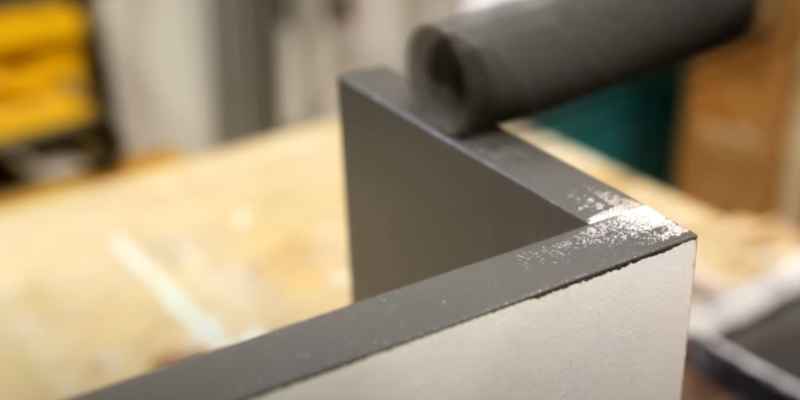
Maintenance And Care Of Painted Mdf
To keep painted MDF clean, use a soft cloth and mild detergent. Avoid using harsh chemicals or abrasive tools. Gently wipe the surface to remove dust and dirt. Dry the surface with a clean cloth to avoid water damage. Regular cleaning can help maintain the look of your painted MDF. Try to clean spills immediately to prevent stains.
Scratches and chips can happen. For small scratches, use a matching paint to touch up the area. Apply the paint with a fine brush for precise results. Sand the damaged area lightly before painting for a smooth finish. For bigger chips, fill with wood filler and sand smoothly before painting. Always keep some extra paint for future touch-ups.
Frequently Asked Questions
Can You Paint Straight Over Mdf?
Yes, you can paint straight over MDF. Prime the surface first to ensure better paint adhesion and a smooth finish.
How To Prepare Mdf For Painting?
To prepare MDF for painting, first sand the surface smoothly. Clean off dust with a damp cloth. Apply a primer suitable for MDF. Let the primer dry completely. Finally, sand lightly before applying the paint.
What Is The Best Way To Sand Mdf?
The best way to sand MDF is to use 120-grit sandpaper. Sand in the direction of the grain. Finish with 220-grit sandpaper for a smooth surface. Always wear a mask to avoid inhaling dust.
Conclusion
Sanding MDF before painting is crucial for a smooth, professional finish. It ensures better paint adhesion and durability. Always start with a finer grit sandpaper to avoid damage. Proper sanding enhances the overall appearance of your project. Make this step a priority for the best results.
Your efforts will be well worth it.

